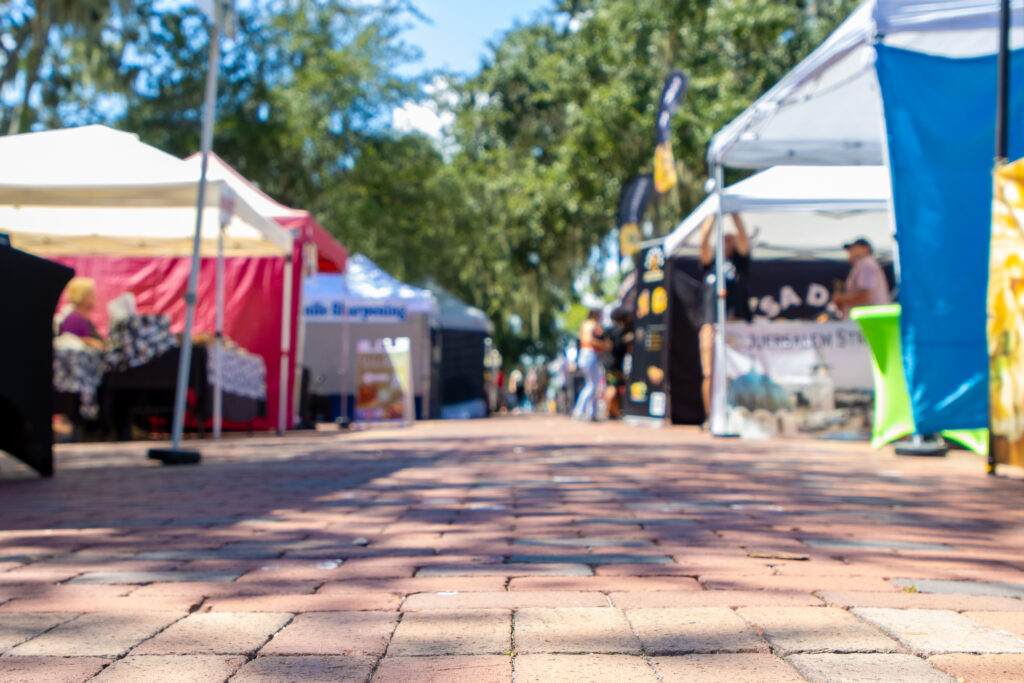Guest opinion: One vote — and one woman — count

By Claudia Schabel | President, Schabel Solutions
“The right of citizens of the United States to vote shall not be denied or abridged by the United States or by any state on account of sex. Congress shall have power to enforce this article by appropriate legislation.”
On Aug. 26, 1920, after almost a century of protest, the 19th Amendment was certified by U.S. Secretary of State Bainbridge Colby, and women finally achieved the long-sought right to vote throughout the United States.
It was not certain to happen that year. In 1918, President Woodrow Wilson supported the amendment, only to see it fail in the Senate by two votes. Brought up again in 1919, the amendment this time passed the Senate by two votes and then headed to the states for ratification.
With 35 states already ratifying the amendment, Tennessee was next up and its vote to ratify would settle the affair. The outlook appeared bleak, however, given that all Southern states to date had voted against it and the 48-48 tie of Tennessee’s state legislators. The state’s decision came down to 23-year-old Rep. Harry Burn to cast the deciding vote. In a last-minute reversal of his original intent, influenced in no small way by his mother, Phoebe Burn, Burn’s vote to ratify sealed the deal. Mrs. Burn’s words to her young adult son prior to voting: “Don’t forget to be a good boy and help Mrs. Catt put the ‘rat’ in ratification.” One vote – and one woman – count.
On Aug. 26, 1920, 100 years ago, the 19th Amendment was certified by U.S. Secretary of State Bainbridge Colby, and women finally achieved the long-sought right to vote throughout the United States. On Nov. 2 of that same year, more than 8 million women across the U.S. voted in elections for the first time. One vote led to a multitude of votes. One vote – and one woman – count.
We women have a huge role to play in the future of our country and planet. The National Association of Women Business Owners and the NAWBO Iowa Chapter are supporting efforts driving more women to vote this year – an act of celebration of and remembrance for those, like Phoebe Burn, who fought for our right to vote. Some interesting statistics:
- In every presidential election since 1980, the proportion of eligible female adults who voted has exceeded the proportion of eligible male adults who voted. In all presidential elections before 1980, the voter turnout rate for women was lower than the rate for men.
- Nationally, the number of female voters has exceeded the number of male voters in every presidential election since 1964 – in part, influenced by their longer life expectancy.
- In Iowa, women participated in the last presidential election at a greater rate than men – 72.5% vs 69.7%.
Is there a direct connection between the overall improvement in women’s rights over time and the increased participation rate of women over time – to the point that we participate more than men in sheer numbers? I suspect there is.
Let’s get out there and thank Mrs. Burn and so many other women with our actions, not simply our words. Use your voice. Your vote matters. One vote – and one woman – count.
Claudia Schabel, president of Schabel Solutions, serves as the advocacy chair for NAWBO Iowa. Schabel lived in Brazil and Japan before relocating to Des Moines, where she has lived for two decades. She has 15 years of experience as a diversity, equity and inclusion strategist with Fortune 100 and 500 companies. In her work, Schabel advocates for equitable women representation and pay equity.
Schabel serves as a commissioner on the city of Des Moines Civil and Human Rights Commission, the director of diversity on Iowa’s Society for Human Resource Management State Council, the advocacy chair of the Iowa Chapter National Women Business Owners, a board member of Brazilian Cultural Center and a trainer/facilitator for the Iowa Network Against Human Trafficking and Slavery. She also volunteers at Blank Children’s Hospital in Des Moines.









